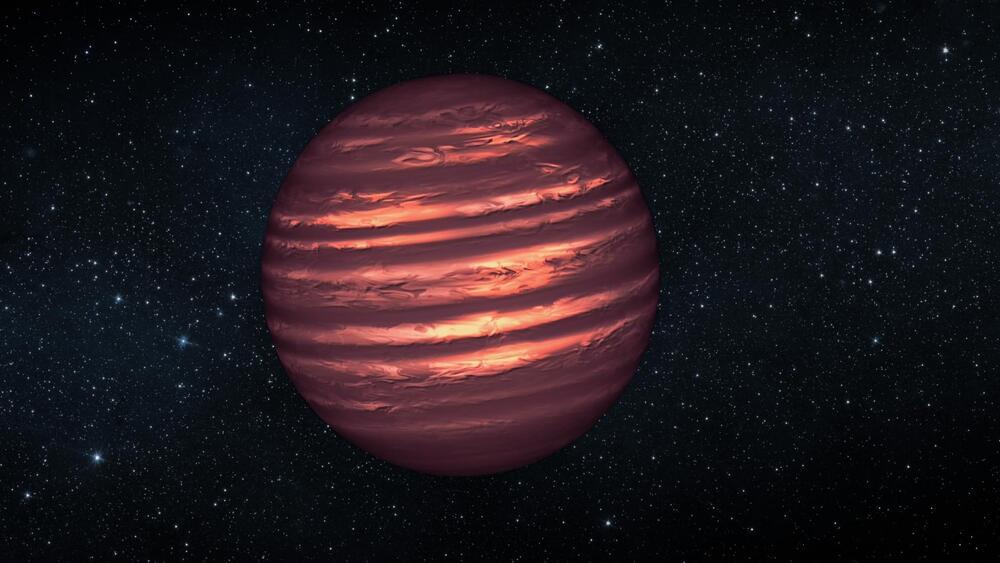This places Drake in the company of towering physicists with equations named after them, including James Clerk Maxwell and Erwin Schrödinger. Unlike those, Drake’s equation does not encapsulate a law of nature. Instead, it combines some poorly known probabilities into an informed estimate.
Whatever reasonable values you feed into the equation (see image below), it is hard to avoid the conclusion that we shouldn’t be alone in the galaxy. Drake remained a proponent and a supporter of the search for extraterrestrial life throughout his days, but has his equation taught us anything?
Drake’s equation may look complicated, but its principles are rather simple. It states that in a galaxy as old as ours, the number of civilizations that are detectable by virtue of them broadcasting their presence must equate to the rate at which they arise, multiplied by their average lifetime.


